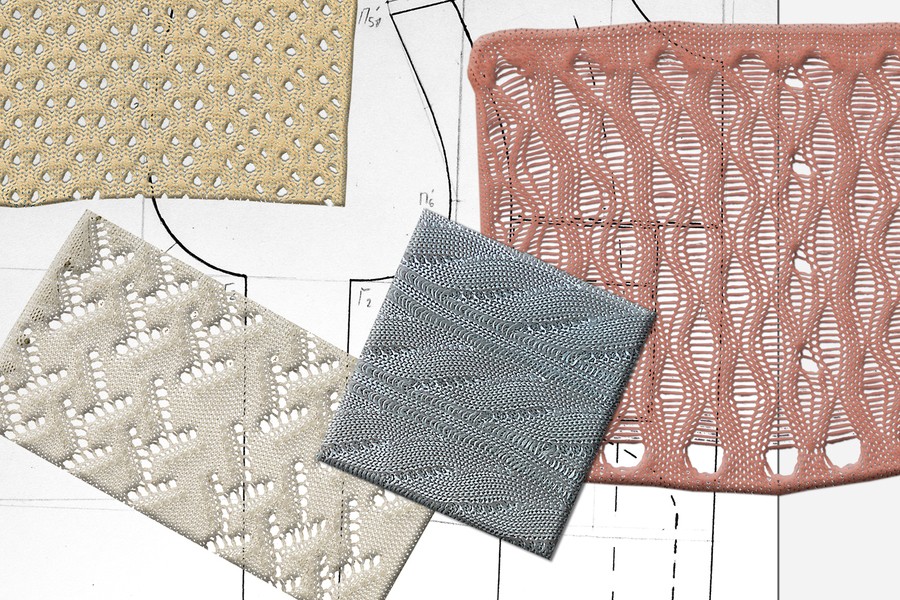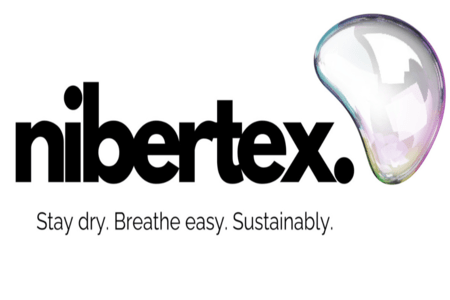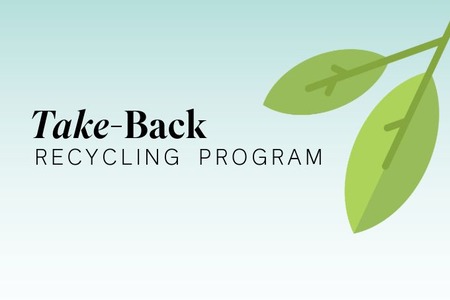
US researchers recycle plastic bags into fabric
YarnsandFibers News Bureau 2021-03-18 07:01:24 – USAUS researchers have produced a new textile using polythene which is the simplest and cheapest of all polymers. It is believed by the researchers that this will contribute significantly to both cutting the ecological footprint of the fashion industry and reducing the world’s plastic waste mountain.
The textile industry produces around 56 million tonnes of fabrics every year resulting in a huge carbon footprint hence responsible for 5–10% of the world’s greenhouse gas emissions. Once the textile industry was entirely dependent on natural fibers such as cotton, linen, and wool, but in the past century, synthetic polymers such as polyester and nylon have captured the whole textile market. However, polythene has been largely overlooked.
Dr. Svetlana Boriskina, from the department of material engineering at the Massachusetts Institute of Technology (MIT) in Cambridge, US, said that there are a couple of serious impediments. It is hydrophobic hence used as protection against rain and in applications where moisture needs to be stopped from coming through the surface but if the sweat gets trapped under clothes it becomes hugely uncomfortable. This is one of the reasons why it is impossible to dye polyethylene using traditional techniques.
Boriskina and colleagues discovered in new research that the hydrophobicity can be mitigated simply by melt-spinning the polymer into micrometer-diameter fibers. This results in partially oxidizing the surface making it barely hydrophilic. By capillary force, it is just enough to make it wick water through but the interior of the fiber remains deeply hydrophobic. Since water cannot go it hence it evaporates. The resultant textile woven from these fibers is similar to advanced, multi-layer sports synthetic fabrics. These can be recycled more easily as they contain only one polymer.
Because of the structural simplicity of polyethylene, the resultant textiles are much higher infrared transparent in comparison to the fabrics woven from more complex polymers, hence allowing for better radiative cooling. Boriskina said complex polymers have additional oxygen atoms and nitrogen atoms hence have different combinations of bonds between them. More combinations result in more vibrational modes. Everything is absorbed as these cover the whole spectrum. In the case of polyethylene, there are more carbon–carbon bonds and carbon-hydrogen bonds and there is a big vibrational window where there are no modes which are around 10 microns where the human body emits.
The textile industry is continuously moving away from the traditional wet-dyeing process which uses toxic dyes and generates lots of wastewater, hence the dyeing may no longer pose a problem either. Instead, colorants can be incorporated into molten materials before they are spun into fibers. The dye-resistance of the fibers even had the advantage of making the textile more stain-resistant in comparison to cotton, linen, or polyester, allowing it to be washed more economically and at lower temperatures.
The team is now working towards the commercialization process of the polymer produced from recycled polyethylene. Boriskina said that she thinks that it should become the material choice for the textile industry.
Market Intelligence
Ask for free sample Report

experience
Customer Base
dedicated team
Countries Served Worldwide









